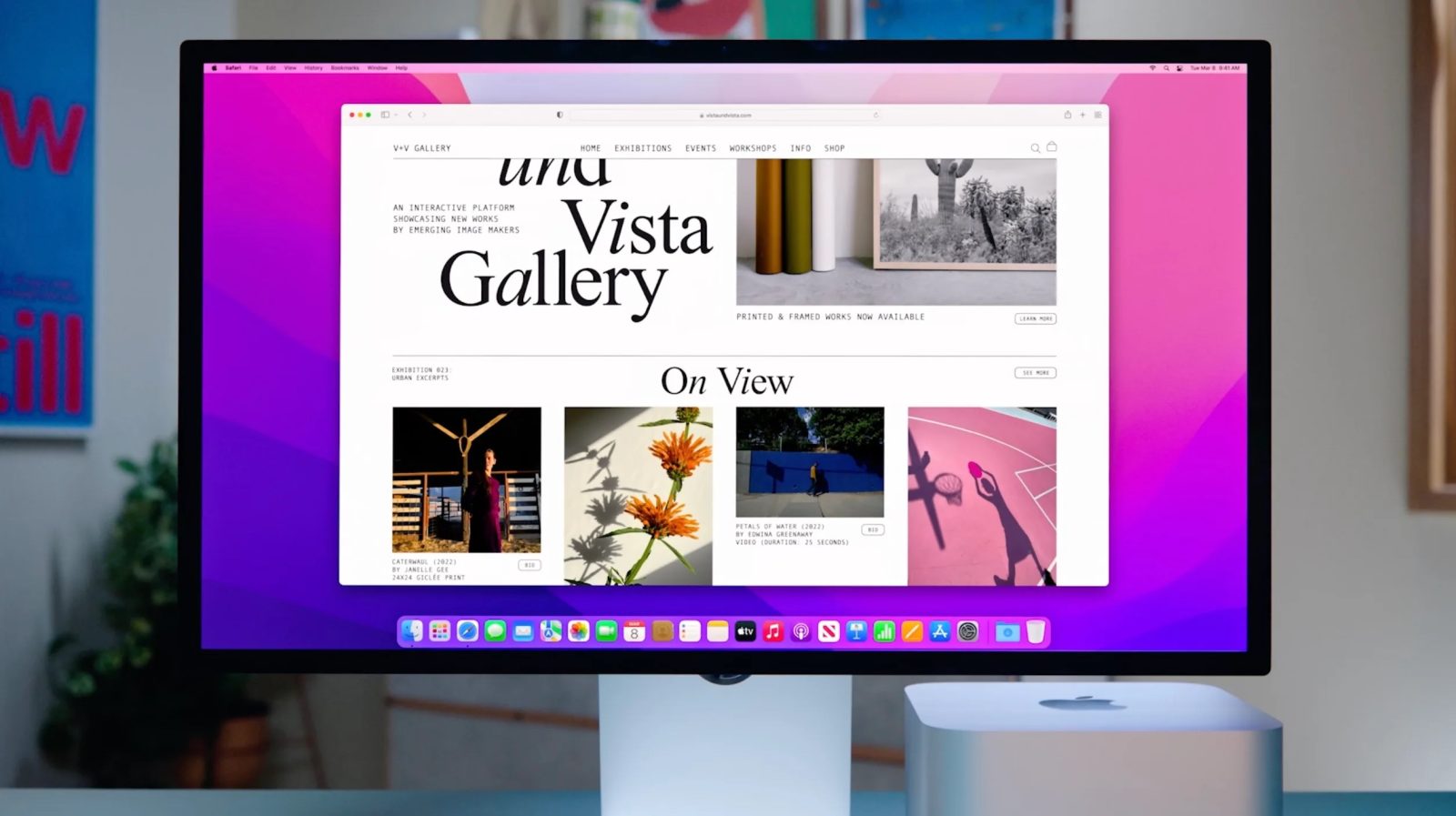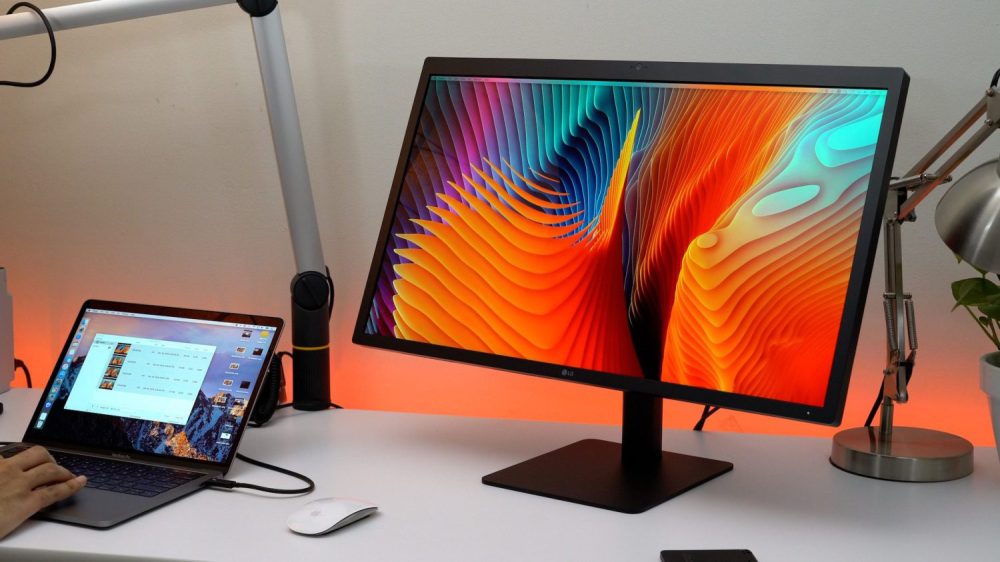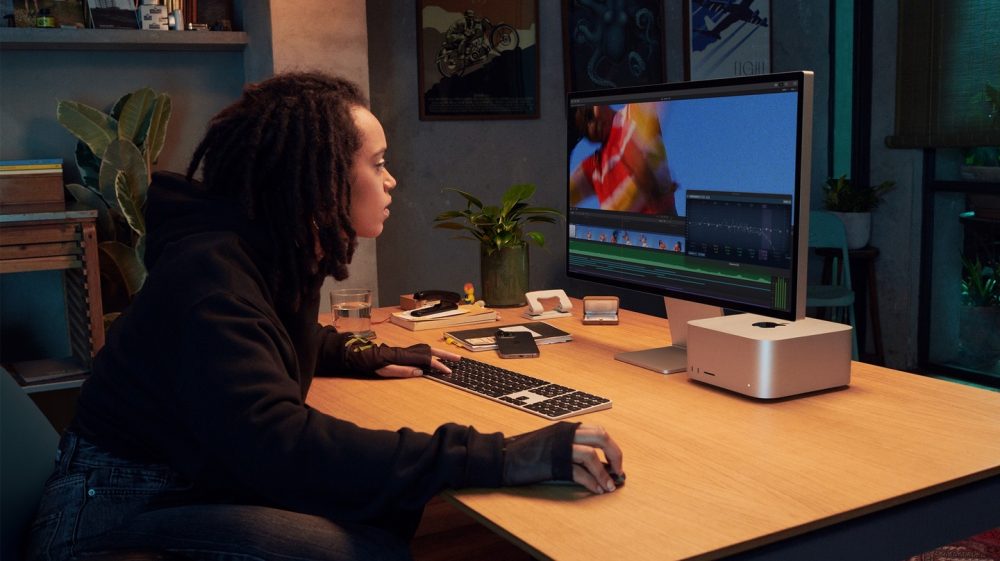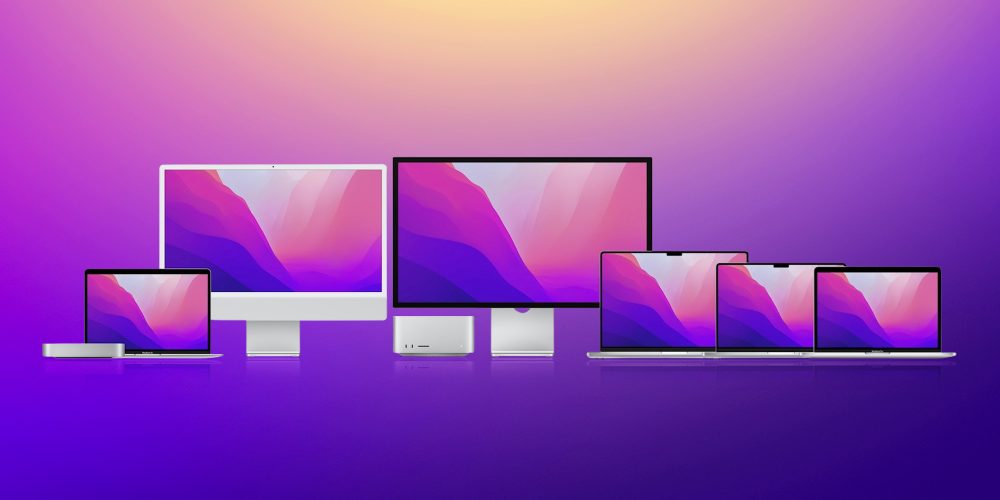
Apple exited the standalone display business way back in July of 2016 when it discontinued the fan-favorite Thunderbolt Display. At the time, Apple did something that was unheard of for the company: it recommended users try out third-party displays.
Nearly six years later, the Studio Display has officially arrived and finally closes that gap in Apple’s lineup. So why has been so controversial and divisive in its first two weeks of availability?
The Thunderbolt Display offered a resolution of 2560×1440 when it was discontinued, packed in a 27-inch form factor. At the time, this was a respectable panel, but it lagged in comparison to the 27-inch iMac’s panel. Apple introduced the first so-called Retina iMac in late 2014, which featured a vastly improved 5120×2880 pixel resolution.
With the introduction of that 27-inch Retina iMac, the Thunderbolt Display was certainly starting to look a bit long in the tooth. The obvious solution would have been for Apple to upgrade the Thunderbolt Display to match the specifications of the 27-inch iMac’s panel. Unfortunately, that’s not what happened.
Looking back at Apple’s announcement from June 23, 2016, the stance Apple took is quite perplexing. The company explained that the Thunderbolt Display would be available only “while supplies last.” What about those users who wanted a new external display for their Mac? “There are a number of great third-party options available for Mac users,” an Apple spokesperson said at the time.
That statement isn’t necessarily disingenuous; there were other displays on the market that matched the specifications of the Thunderbolt Display. There were even 4K displays starting to hit that market that exceed the specifications of the Thunderbolt Display. There wasn’t, however, a display that matched the specifications of the panel Apple used inside the 27-inch iMac.

Then, a few months later, came the LG UltraFine 5K. It promised to fill the gap in the display industry, using a panel nearly identical to the one in the iMac 5K. Apple even debuted the UltraFine 5K during a special event, saying that it had been created thanks to a collaboration between the two companies.
Sadly, the UltraFine 5K left quite a bit to be desired. Right off the bat, 9to5Mac discovered that a hardware shielding issue made the UltraFine 5K unusable when located within two meters of a Wi-Fi router. That issue was ultimately resolved with a hardware fix, but it’s the type of issue that makes you question everything about the build quality and overall reliability of a product.
And many of those questions and concerns turned out to be valid. The LG UltraFine 5K has languished on the market since its debut in 2017. It’s found a niche of users who appreciate its panel quality, but its design has been almost universally criticized and it’s been plagued by reliability issues.
So surely, there were other options available outside of the LG UltraFine 5K, right? Well, not really. As Casey Liss has chronicled on his blog, there were effectively four options for Retina-grade external displays on the market prior to the Studio Display. Three from LG and one is Apple’s Pro Display XDR.
Why is 5K so important to Mac users? The fact is, it’s not that important to everyone and many people won’t appreciate the difference between 4K at 27-inches (171 pixels-per-inch) and 5K at 27-inches (217 pixels-per-inch).
For the Mac users who can appreciate this increase in pixel density, however, it’s something that quickly becomes integral to your workflow. That 5K resolution allows Mac users to run macOS at a pixel-doubled, native 2560 x 1440 resolution – which Apple brands as “Retina.” macOS is perfectly optimized for this resolution, and you quite literally can’t see a single pixel. It’s that clear.
That’s not to say 4K at 27-inches isn’t “good.” It is, and if you’ve never used a Mac with Retina-grade quality, you might not even notice what you’re missing. But if you’re used to the Retina display on a MacBook or 27-inch iMac, chances are you’ll notice immediately when you look at a 27-inch 4K panel.
Enter the Studio Display

Nearly six years after discontinuing the Thunderbolt Display, Apple unveiled the Studio Display. The Studio Display is its first foray into consumer-grade standalone displays since the Thunderbolt Display. It comes in at 27-inches with a 5K resolution.
At its core, the Studio Display is exactly what Mac users have been asking for since shortly after the Thunderbolt Display was discontinued in 2016. It is ridiculous that it took Apple so long to bring something like the Studio Display to the market. And Mac users have a right to be frustrated about that. Mac users can even be frustrated that it took so long for this product to materialize and it doesn’t even offer features like ProMotion or miniLED.
The desire for more prosumer features, however, is a double-edged sword. Apple has already priced the Studio Display at the absolute top-end of what even the most loyal Mac users are willing to pay. The addition of features like ProMotion or miniLED would increase that price even higher, closing the gap between the Studio Display and Pro Display XDR.
(Speaking of the Pro Display XDR, you’ve probably noticed I haven’t mentioned it much in this article. That’s because it’s overkill for 99.9% of Mac users, and it’s not a replacement for the Thunderbolt Display, nor is it an alternative to the LG UltraFine 5K.)
There’s also the issue of finding the bandwidth to deliver 120Hz (ProMotion) refresh rates at a 5K resolution. This is something that’s not possible with Thunderbolt 4 as it exists today, without relying on Display Stream Compression or a two-cable solution of some sort.

With the Studio Display, the fact is that Apple entered a market that was largely neglected by third-party companies, and it made a product that, while expensive and not without its faults, is the perfect companion for Mac users.
I’ve been using the Studio Display paired with the Mac Studio since release day, and it’s the perfect combination. The Studio Display offers a single-cable connection, 100% reliable performance, and build quality that lives up to Apple’s standards.
If you aren’t someone who cares about or sees the value in a 27-inch display with a 5K resolution, then the Studio Display isn’t for you. If you’re looking for a 4K external display, the world is your oyster. There are countless displays on the market with a 4K resolution at every screen size under the sun, with designs and connectivity options galore.
If there’s any issue to take with the 27-inch Studio Display, it’s that Apple didn’t release it several years ago. If you can get past that bitterness (which, don’t get me wrong, is justified bitterness), it’s exactly what we’ve been asking for since 2017. Nothing more, and nothing less.
There’s room for evolution over the next few years, but with the overall state of the 27-inch, 5K display market today and the lack of competition: the Studio Display is well worth it.
FTC: We use income earning auto affiliate links. More.


Comments